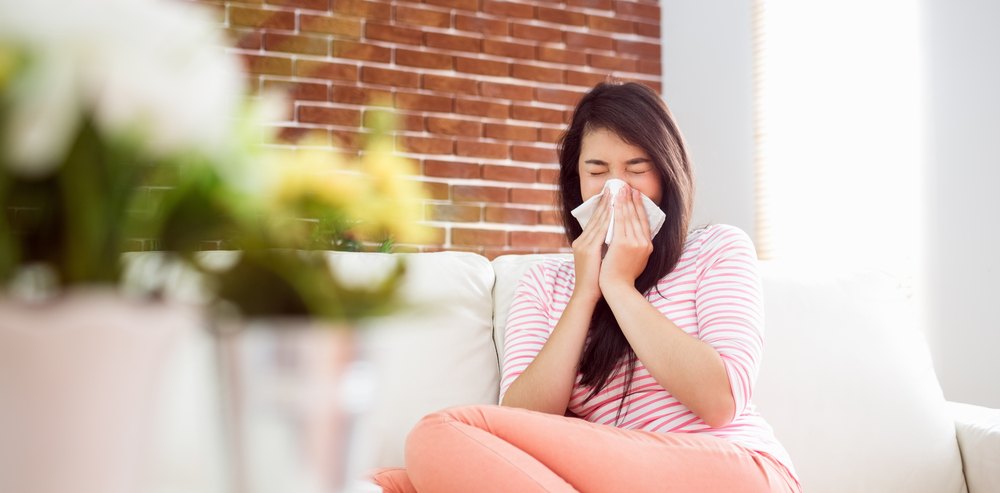By JAMES BELL
Hays Post
Allergies are a menace to tens of millions of Americans each year and, with above-average rainfall, many northwestern Kansas residents have seen increased symptoms this fall.
While the increased symptoms can be unnerving, preventative measures can make a significant difference in helping keep the effects of pollen under control, according to Dr. Katheryn Black of the Allergy Clinic of Western Kansas. The clinic has served residents through northwest Kansas since 1994 and recently relocated to a new office in the Potter Plastic Surgery Center, 217 E. 32nd.
“This time in the fall, it’s our weed pollens,” Black said.
Pollens are the largest group of allergens and affect people until the first hard freeze, usually by the end of October.
One weed, in particular, can aggravate allergy symptoms.
“There are multiple weeds, but ragweed is one of the biggest,” Black said.
And heavier than normal rains have caused expanded growth of troublesome plants
“The more rain you get, the more plants you get. The more plants you get, the more pollen you get,” Black said. “I think we have a wetter summer than usual so things are going to grow better and, when they grow better, they pollinate more.”
While the pollen produced is a major cause of allergies, it’s not be the only one being amplified by recent rains.
Damp weather also affects mold, which can affect people year round.
Common allergies develop into two major symptoms, inflammation of the nose and sinuses and inflammation of the eyes.
“Those are probably the two most common symptoms, the typical hay fever people suffer from,” Black said.
Even with the symptoms, common treatments such as antihistamines and nasal sprays can offer relief, with many being offered over the counter.
“By in large, fortunately, allergy medicines, if you take them according to dosing directions, are very safe,” Black said. Over the counter medication is also available from children over the age of 2 and are safe when dosing recommendations are followed.
She also said a combination of the two medicines might help for persistent symptoms, but the best way to treat allergies is to take proactive measures.
“With allergies, what they say is an ounce of prevention is worth a pound of cure. If you know spring through fall you’re going to have problems, start taking them daily, and just take them through the season you know you have problems,” Black said.
In more extreme cases, eye drops and saline rinses can also be helpful.
In-home solutions such as an allergy filters can also minimize the exposure to pollen, although with this time of year people generally want to be outside to enjoy the seasonal temperatures, Black said — but limiting exposure to pollen outdoors can also limit allergies.
She recommends if you are going to be in a situation that might aggravate allergies outside, such as mowing, wearing a mask and goggles and showering immediately afterward could be helpful.
“Other than that, once you are outdoors unless you take your preventative meds, you’re going to be exposed,” Black said.
For some, however, even if those steps are taken and are not helping prescription medications and allergy testing by a doctor might be needed.
Most times, she said, allergy sufferers will be aware when it is time to seek professional medical assistance, but with allergies sometimes presenting the same symptoms as the early stages of a cold or flu, it might be easy to mistake allergies for other maladies.
In those cases, colored draining or a fever, Black said, would indicate symptoms are not allergy related.
While the Allergy Clinic sometimes gets referrals, direct appointments can be made for prescription medication or allergy testing.
For more on the clinic, visit their Facebook page here.
